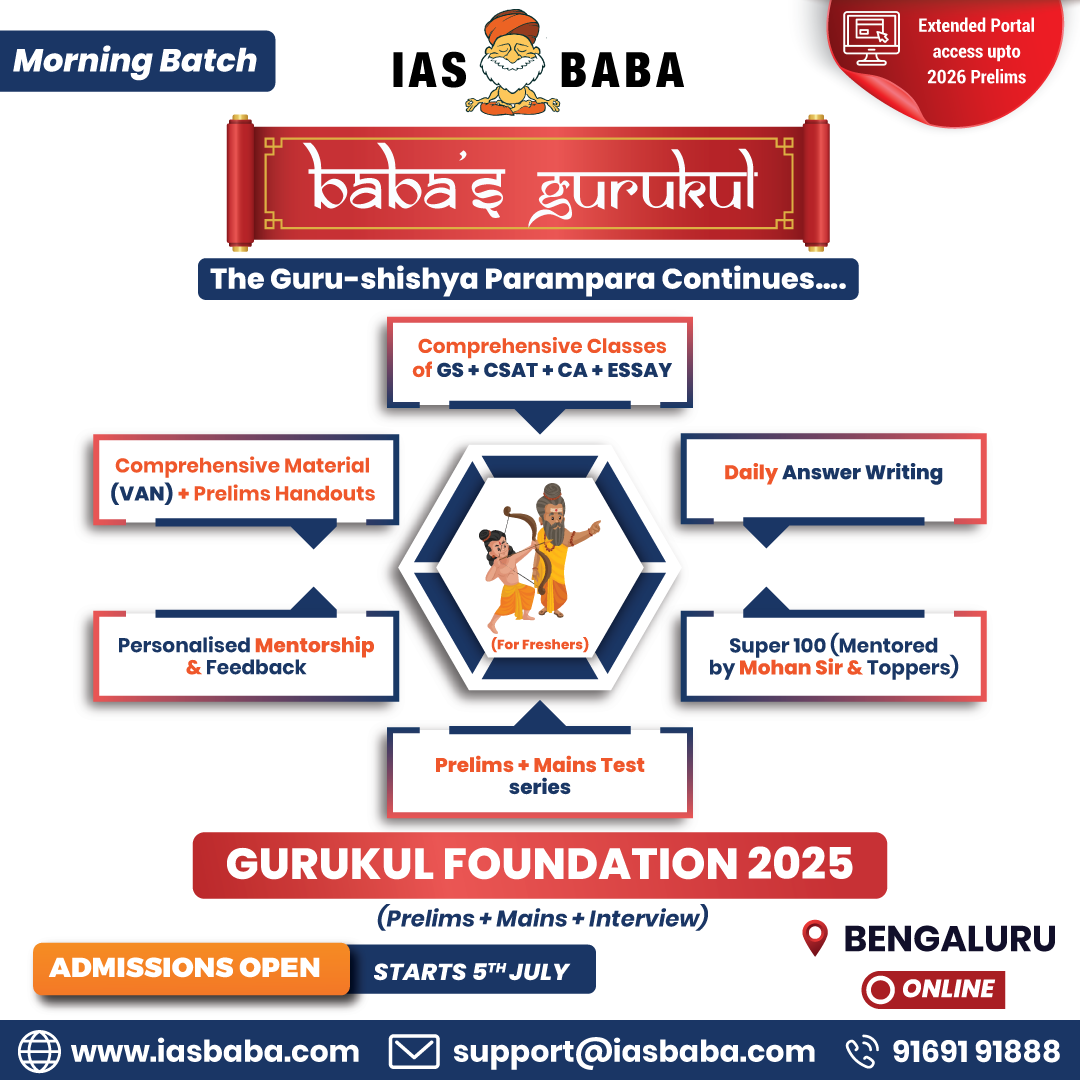UPSC Articles
FEDERALISM/ SECURITY
- GS-2: Federalism and Challenges
- GS-3: Internal Security
Kuki Insurgency in Manipur
Context: Just before the first of the two phases of the Assembly Elections went underway in Manipur on February 28, all insurgent groups associated with the Kuki tribes in Manipur said they will vote for the Bharatiya Janata Party (BJP).
- This came days after Union Home Minister and BJP leader Amit Shah said at his rally that his party will end the Kuki insurgency problem in five years, if it is voted to power for the second time.
- The president of the Kuki National Organisation (KNO), P.S. Haokip, cited talks with the BJP leadership, which he said has promised the speedy settlement of Kuki political aspirations.
Who are the Kukis?
- The Kukis are an ethnic group including multiple tribes originally inhabiting the North-Eastern states of India such as Manipur, Mizoram and Assam; parts of Burma (now Myanmar), and Sylhet district and Chittagong hill tracts of Bangladesh.
- While Kuki is not a term coined by the ethnic group itself, the tribes associated with it came to be generically called Kuki under colonial rule.
- In Manipur, the various Kuki tribes, living mainly in the hills, currently make up 30% of the total 28.5 lakh population of the State.
- The rest of the population of Manipur is made up mainly of two other ethnic groups — the Meiteis or non-tribal, Vaishnavite Hindus who live in the valley region of Manipur, and the Naga tribes, historically at loggerheads with the Kukis, also living in the hilly areas of the State.
- While the hills account for nine-tenths of Manipur’s geographical area, they are sparsely populated, with most of the state’s population concentrated in the valley.
- The Meitei community forms a majority in Imphal valley, while the surrounding hill districts are inhabited by Nagas and Kukis.
- Of the 60 seats in the Manipur Assembly, 40 are held by Meiteis and the rest 20 seats are held by Kukis and Nagas.
What led to the Kuki insurgencies in Manipur?
- Manipur, formerly a princely state including parts of Burma, made the accession into India after Independence (made a full-fledged State only in 1972).
- The resentment over the “forceful” inclusion into India and delay in granting statehood led to the rise of various insurgent movements.
- Post-independence insurgent movements in Manipur, carried out by valley-based groups or Meiteis, can be traced back to around the 1960s, when various groups demanded self-determination and separate statehood for Manipur, inspired by left ideology.
- The roots of Kuki militancy lie in conflicts of ethnic identity.
- First was the demand for self-determination solely for groups belonging to their ethnic fabric, meaning the dream to form a Kukiland which includes Kuki inhabited regions of Myanmar, Manipur, Assam and Mizoram.
- The second reason for insurgency lies in the inter-community conflicts between the Kukis and the Nagas in Manipur.
- The Kuki-Naga conflict was started over securing identity and land as some Kuki inhabited areas coincided with Naga inhabited areas.
- Wanting to dominate trade and cultural activities in those areas the two communities often engaged in violent standoffs.
- Naga groups demand for “Nagalim” (Greater Nagaland) is perceived as a “threat” to Manipur’s “territorial integrity”.
- The Kuki problem was intensified after Manipur was declared a ‘disturbed area’ in 1980, under the Armed Forces Special Powers Act (AFSPA), which gives sweeping powers to the military and has led to excesses.
- While some militant Kuki outfits demanded Kukiland, including parts which are not in India, some demanded Kukiland within India.
- At present, the demand has come to the formulation of an independent district—Kukiland Territorial Council within the purview of the Indian constitution, modelling the Bodoland Territorial Council, which was formed under the sixth schedule of the Constitution.
Where do the Kukis stand today?
- The Kuki insurgent groups have been under Suspension of Operation (SoO) since 2005 when they signed an agreement for the same with the Indian Army.
- Later, in 2008, the groups entered a tripartite agreement with the State government of Manipur and the Union government, to temporarily suspend their operations and give political dialogue a chance.
- The temporary SoO agreements were made in order to start a political dialogue about giving some form of self-determination to the Kukis, but that has not happened, both under the UPA or NDA governments.
- The SoO has been extended by the Government almost every year since 2008, with Kuki outfits threatening to breach the agreement by taking up arms again and boycotting the Government.
- In 2012, the groups held a nearly eight-month long blockade of highways around their area, costing the Government a couple of crores in losses each day.
- Kukis are dissatisfied with the pace of the peace dialogue and also feel ignored, as the Government has been holding Naga Peace Talks with the main Naga insurgent outfit NSCN (IM), which demands the formation of Greater Nagaland, including parts of Manipur having Kuki inhabited regions.
- It has to be seen how the BJP plans to resolve the insurgency and settle Kuki political aspirations as the more than 50% Meitei population of the State, a significant voter base, has always been against Kuki and Naga demands for self-determination, as they fear it would undermine Manipur’s territorial integrity.
Connecting the dots:
- Peace Process of Naga Accord Stuck
- Concept of Asymmetrical Federalism













